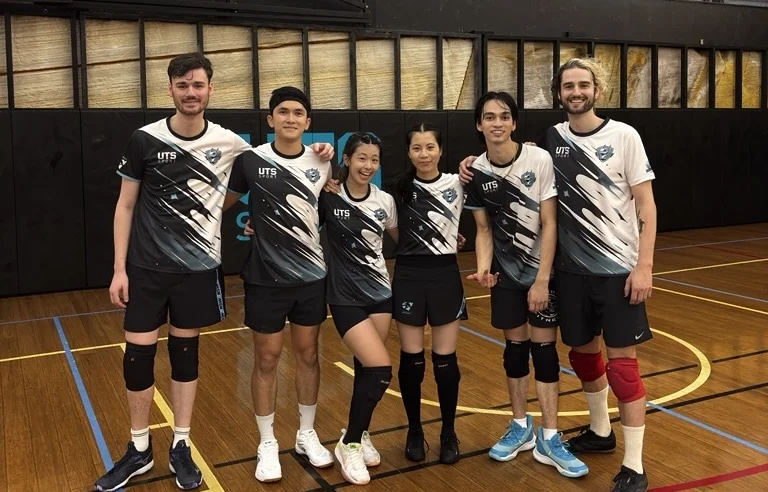
UniSport Nationals return to the Gold Coast in 2025. Find out more
Posted 27th September 2025
read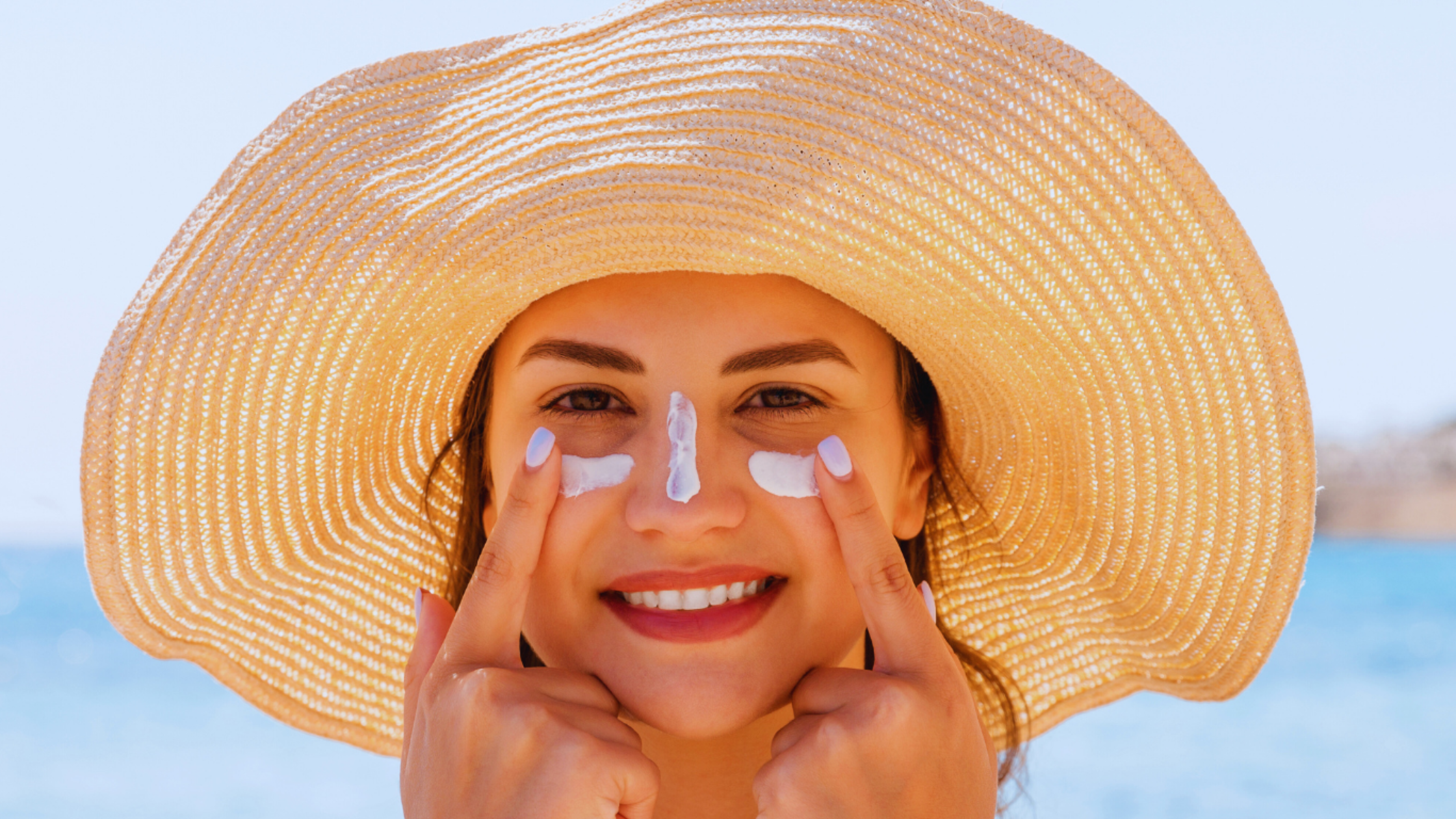
For many athletes, training and competing often means spending hours outside, exposed to the sun as well as the demands of their sport. While building strength, speed and stamina is front of mind, it’s easy to overlook a factor that can directly influence both performance and long-term health – sun safety.
Looking beyond just an uncomfortable sunburn, spending extended periods of time outdoors exposes athletes to the sun’s intense UV rays, which can have serious long-term consequences if proper protection isn’t used. This includes significantly increasing the risk of skin cancers like melanoma, which is the most commonly diagnosed cancer in young Australians aged 15-29 years old. Australia-wide this accounts for 15% of all cancers in this age group, and on the Gold Coast, this number jumps to 27%.
Athletes are particularly at risk of intense sun exposure because sports often involve long sessions under direct sunlight. Extended exposure can lead to dehydration, heat stress and fatigue, which directly impact performance and recovery. By integrating sun protection practices into their routines, athletes look after both their health and ability to perform consistently at a high level.
Thibaut Mortier, Chemical Engineer at Maxiblock, discussed why sun protection is especially important for athletes, saying “Athletes are out there for hours, and the UV exposure from training sessions and weekend games really adds up over a season, and what people don’t realise, is that sunburn affects your recovery and hydration. Your body’s working overtime to repair sun damage when it should be recovering from training. Proper sun protection is as essential as your water bottle.”
On what are the most common mistakes people make with their sunscreen, Mr Mortier said it was simply not using enough, as “people do this thin smear and expect the SPF on the label to work miracles. Do two coats: put one on, let it settle, then do another. You’ll use the right amount and won’t miss spots. Another mistake is forgetting the easy-to-miss spots: back of the neck, ears, and back of the hands.”
The Chief Health Officer Queensland report data suggests that sunburn rates for 18–24-year-olds are the highest reported of all adult age groups, with 71.7% reporting having been sunburnt in the previous 12 months in 2024, highlighting the importance of applying enough sunscreen and implementing sun safety measures.
When it comes to best practice for athletes during high-intensity activity, Mr Mortier explained how applying sunscreen should be a consistent habit during the day and to “make it part of your warm-up. You want SPF 50+ and 4 hours water resistance for high-intensity activity. Apply it 20 minutes before you’re out there, then re-apply during the break or every two hours – whichever comes first, and if you’re training or playing through lunch, that midday sun between 10am and 3pm is brutal.”
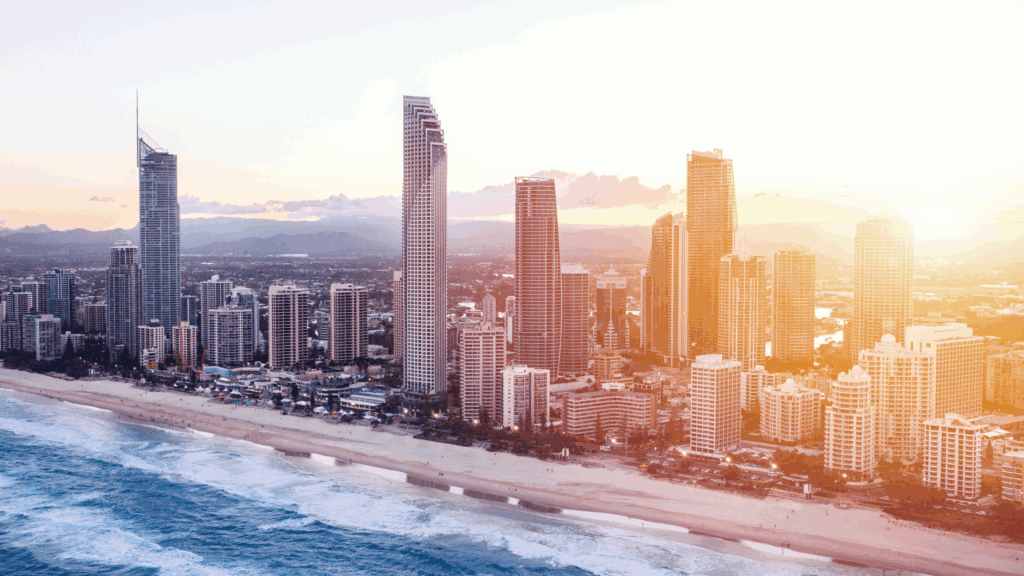
While choosing the right sunscreen and applying it correctly is a crucial first step, understanding the long-term implications of UV exposure is also important.
Kat Cacavas, Senior Health Promotion Officer at the Gold Coast Public Health Unit shared how implementing the five sun safe behaviours (slip, slop, slap, seek and slide) daily will minimise unsafe UV exposure, and what the long-term implications of not doing these can be.
“In Queensland the UV index is moderate to extreme all year round and use of sun safe behaviours is required every day. Many people’s skin can be damaged in as little as 10 minutes without protection when the UV Index is high and sustaining 5 sunburns in a decade more than doubles your skin cancer risk. Our skin’s memory is like an elephant’s, it never forgets, and UV exposure and subsequent damage is cumulative as it builds up over time and increases the risk of developing skin cancer in the future. Unsafe exposure to UV also causes skin damage that results in premature aging, pigmentation, freckling and wrinkles.”
When discussing how sporting clubs, coaches and communities can encourage a culture of sun safety in a supportive, positive way, Ms Cacavas said it was to develop a sun safe policy with an “agreed organisational approach that helps normalise sun safe practice and guidance for coaches, players and volunteers regarding the ways they can support each other to be sun safe and enjoy playing sport.”
Educational resources recommended by the Gold Coast Public Health Unit include the Cancer Council’s SunSmart Program, which provides information on supporting sporting organisations to develop and implement a sun protection policy. If a sporting club already has a policy in place, they can check to see how well they are doing via the Cancer Council’s 10-step Sun Protection Checklist that also includes recommendations for improvement. The Cancer Council provides tailored messages for over 10 outdoor sports, and resources that sporting organisations can use to help increase awareness of the importance of building a sun safe culture.
When it comes to the role sun protection plays in sporting clubs, Ms Cacavas said it was important that coaches and senior players act as role models for younger athletes when implementing sun safety practices, with multiple strategies able to be implemented to help build a sun safe culture, including “encouraging shade use and providing portable shade if permanent is not available, considering uniform design that is fit for purpose and made of fabrics that support both thermal comfort and performance providing as much skin coverage as possible, and broad brim or bucket style hats worn when off the field.”
For athletes, making sun safety an integral part of their routine, just like warming up and staying hydrated, protects both health and performance in the long run. When these practices are reinforced by sporting organisations, they not only strengthen individual responsibility but also build a safer, healthier sporting community. Ultimately, sun protection is a lifelong commitment that helps athletes, coaches, and spectators ensure sport continues to be a safe and positive experience.

May 2, 2025
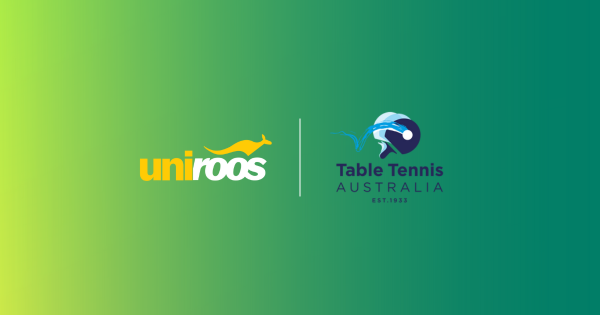
May 1, 2025
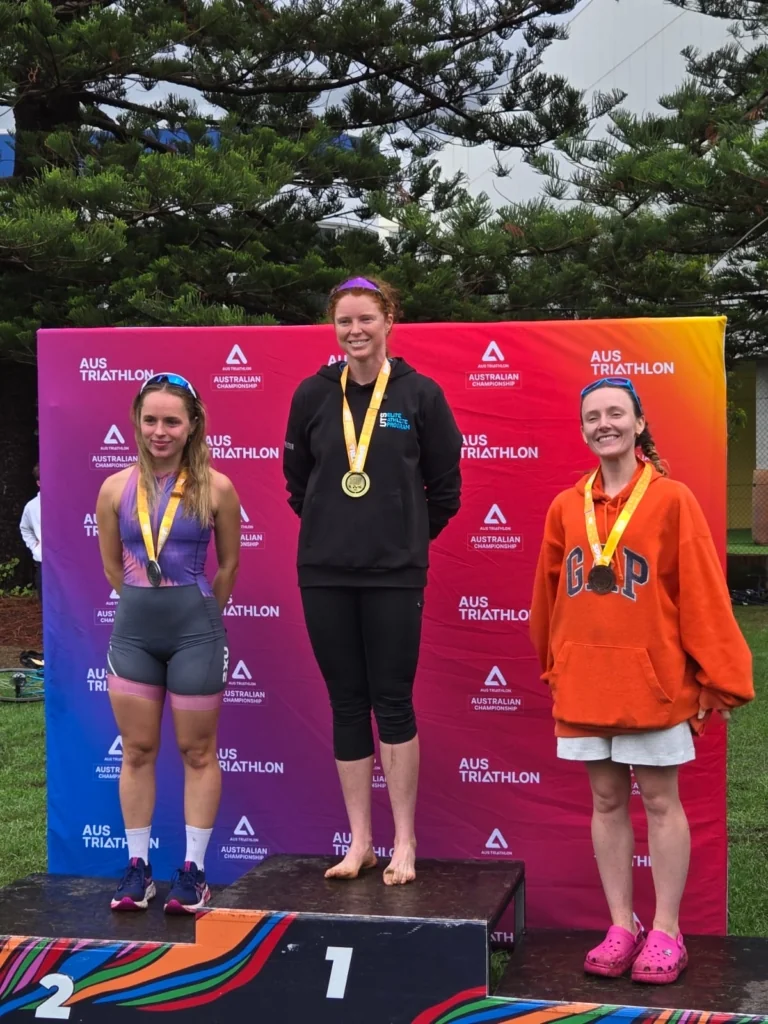
May 1, 2025
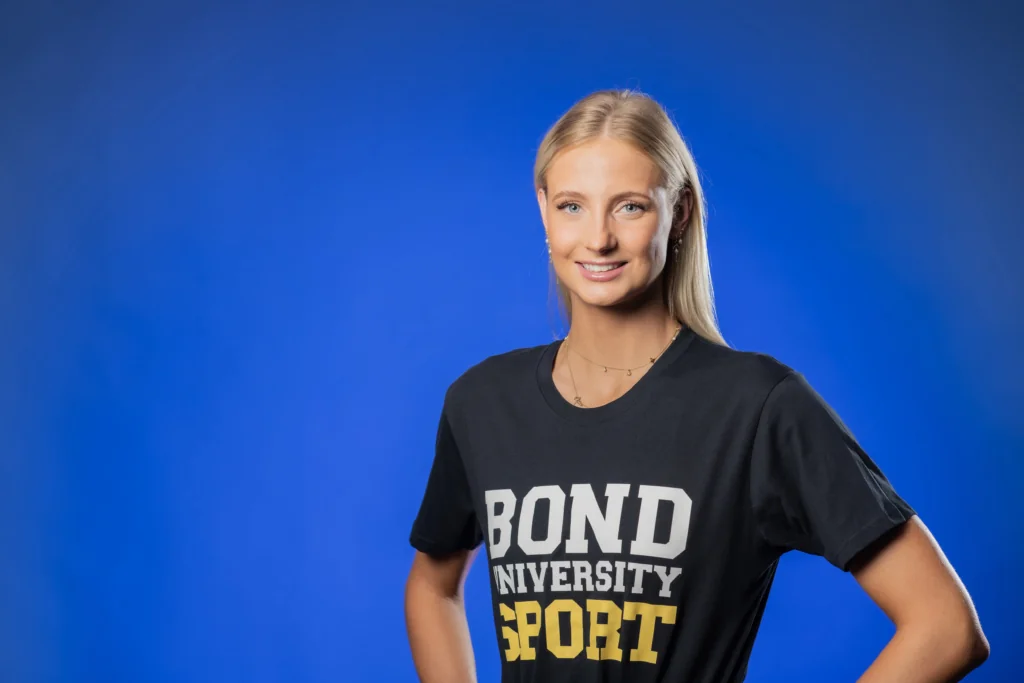
Don’t miss a beat, subscribe for exclusive updates, events, and insider news!
UniSport acknowledges and pays respect to all traditional custodians of the lands of which we run, jump and throw throughout Australia. We pay respect to elders both past, present and emerging.

The best university Sports action from Australia – stream it live now on UniSportTV.
Watch Live